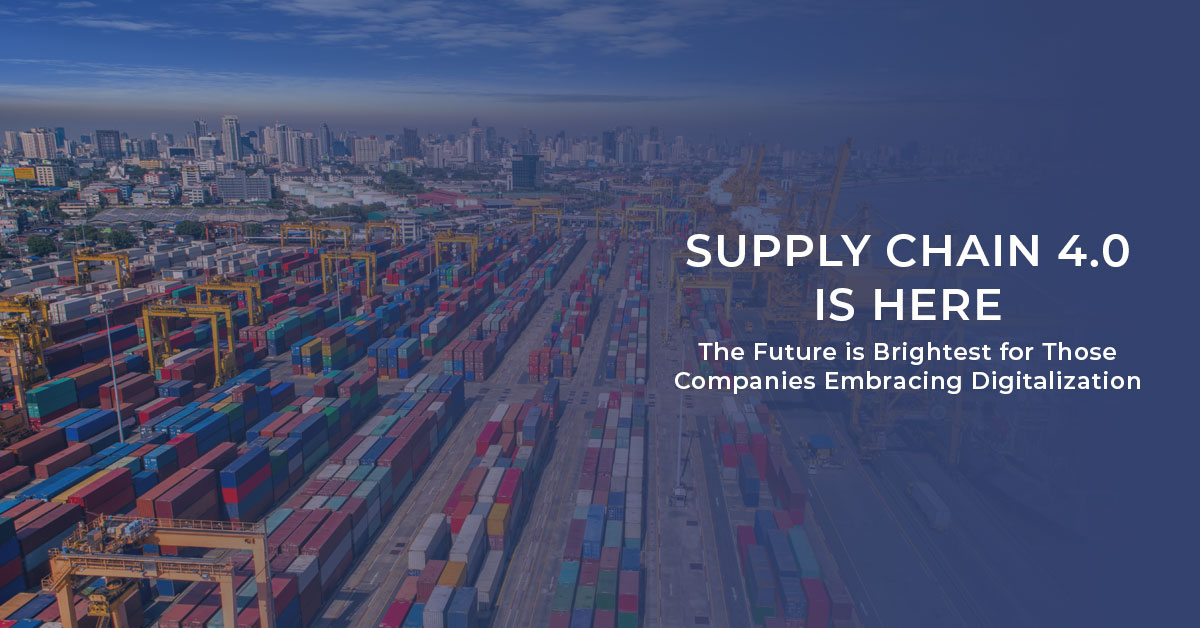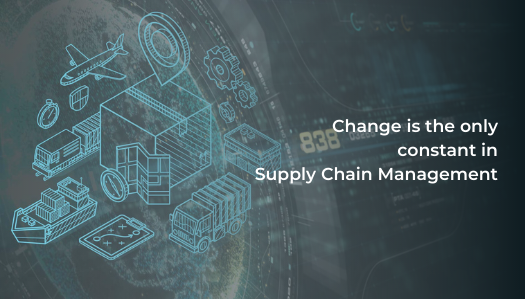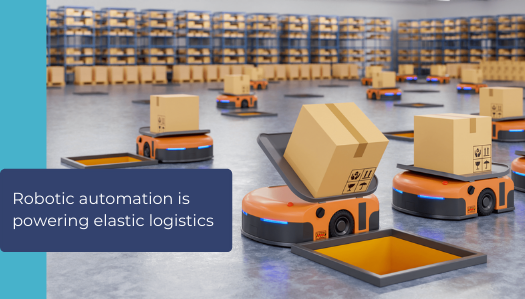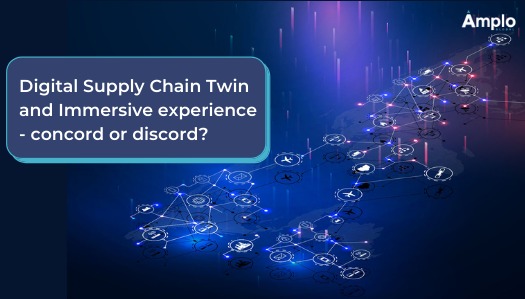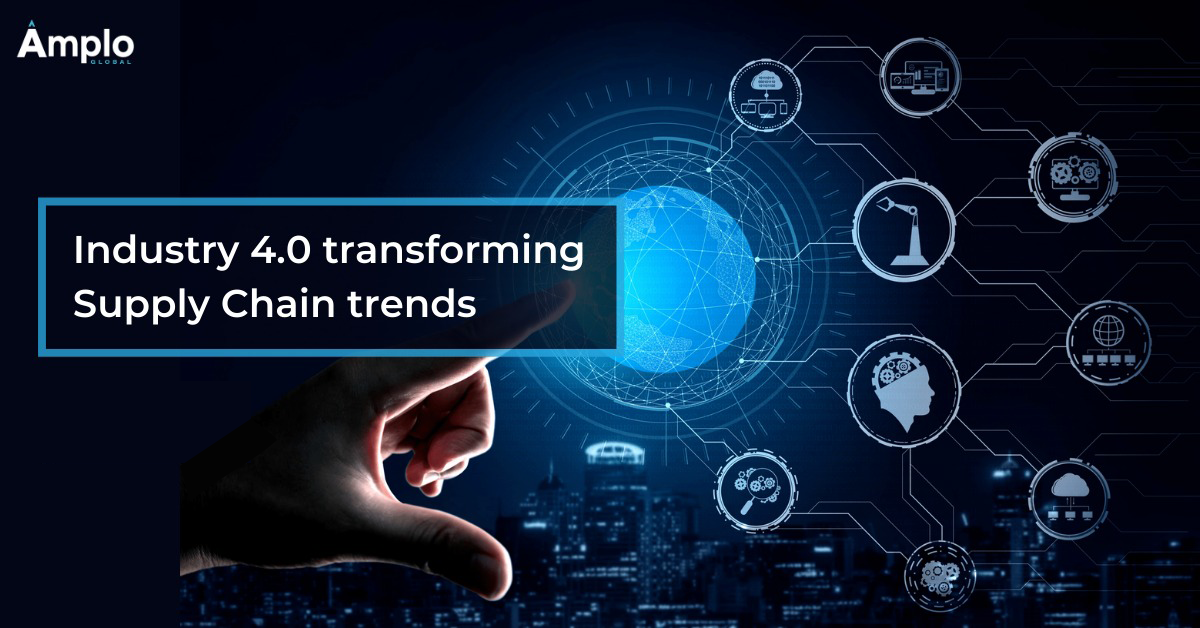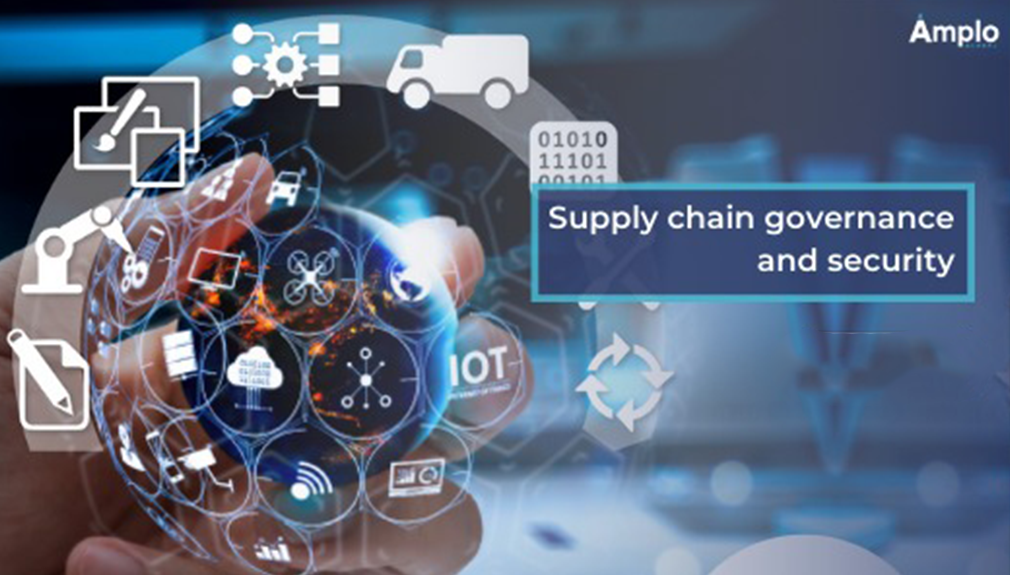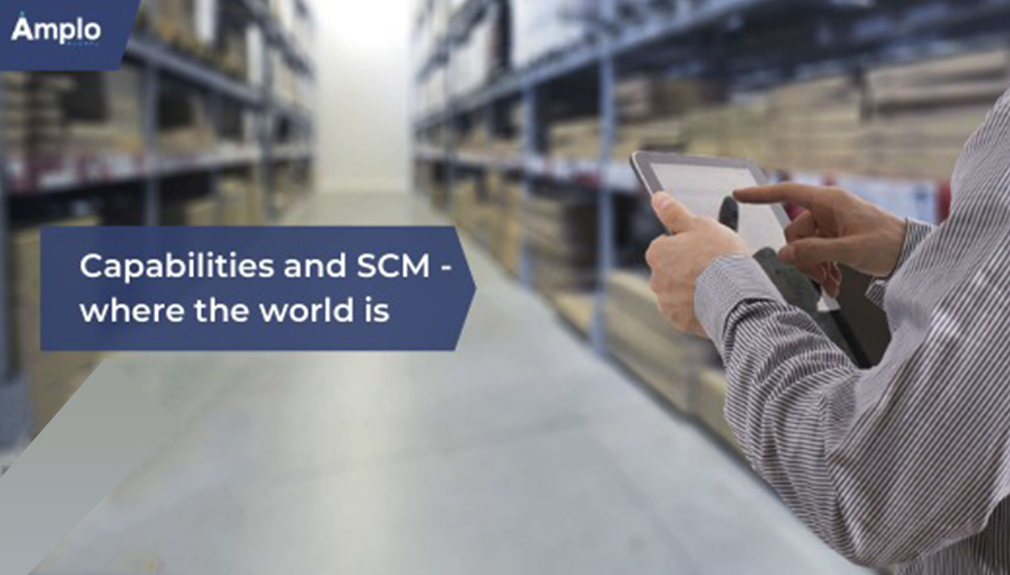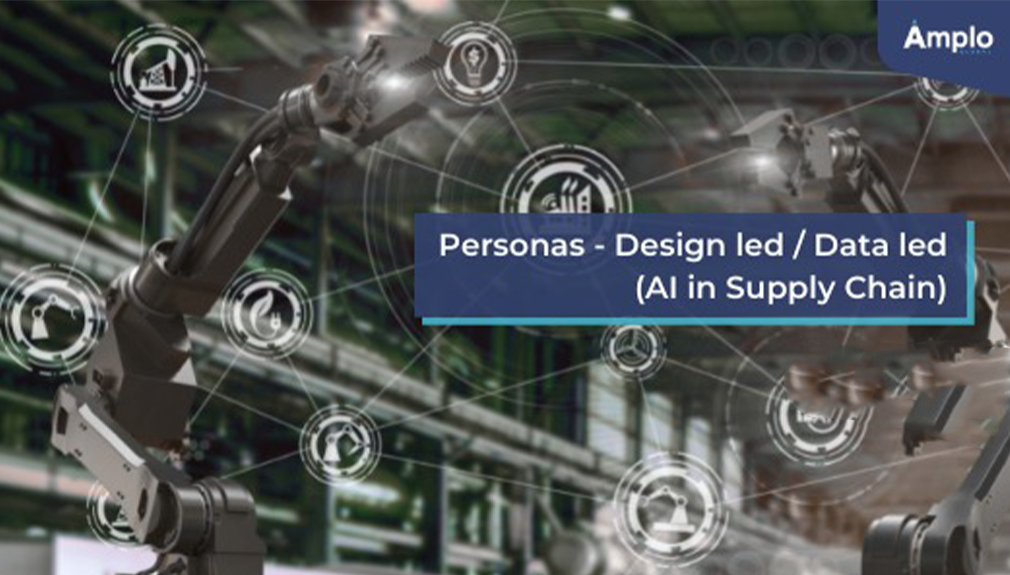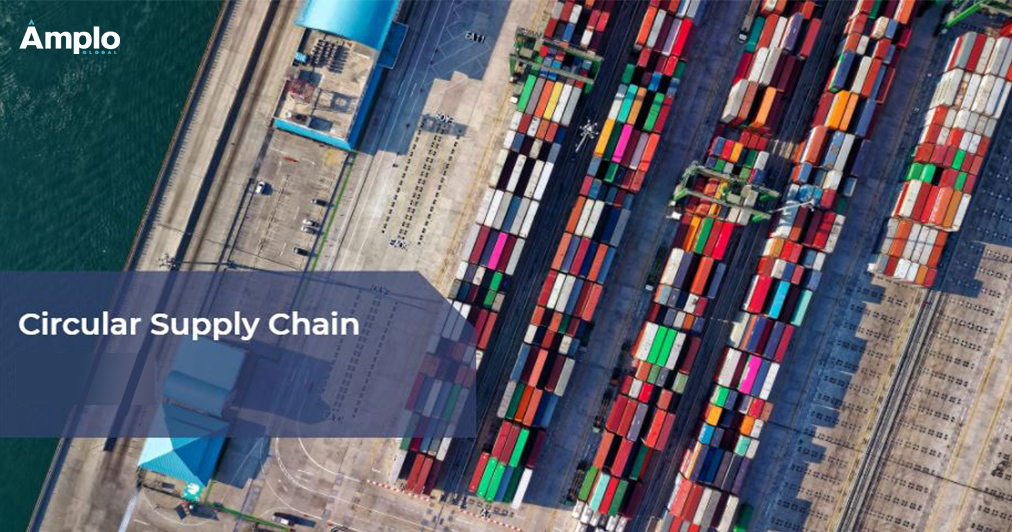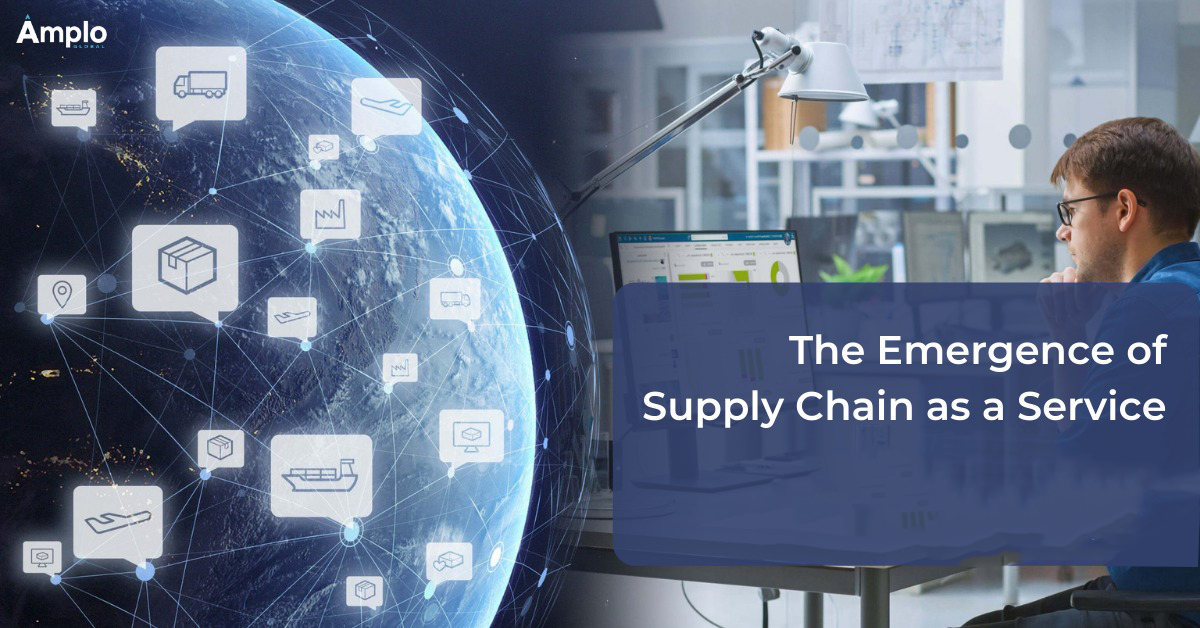Supply Chain 4.0 is Here: The Future is Brightest for Those Companies Embracing Digitalization
It has become increasingly clear that successful businesses are the ones willing to evolve and reimagine. For most, that now means recognizing the need to operate within a complete digital ecosystem that takes advantage of the wide range of digital technologies previously unavailable.
